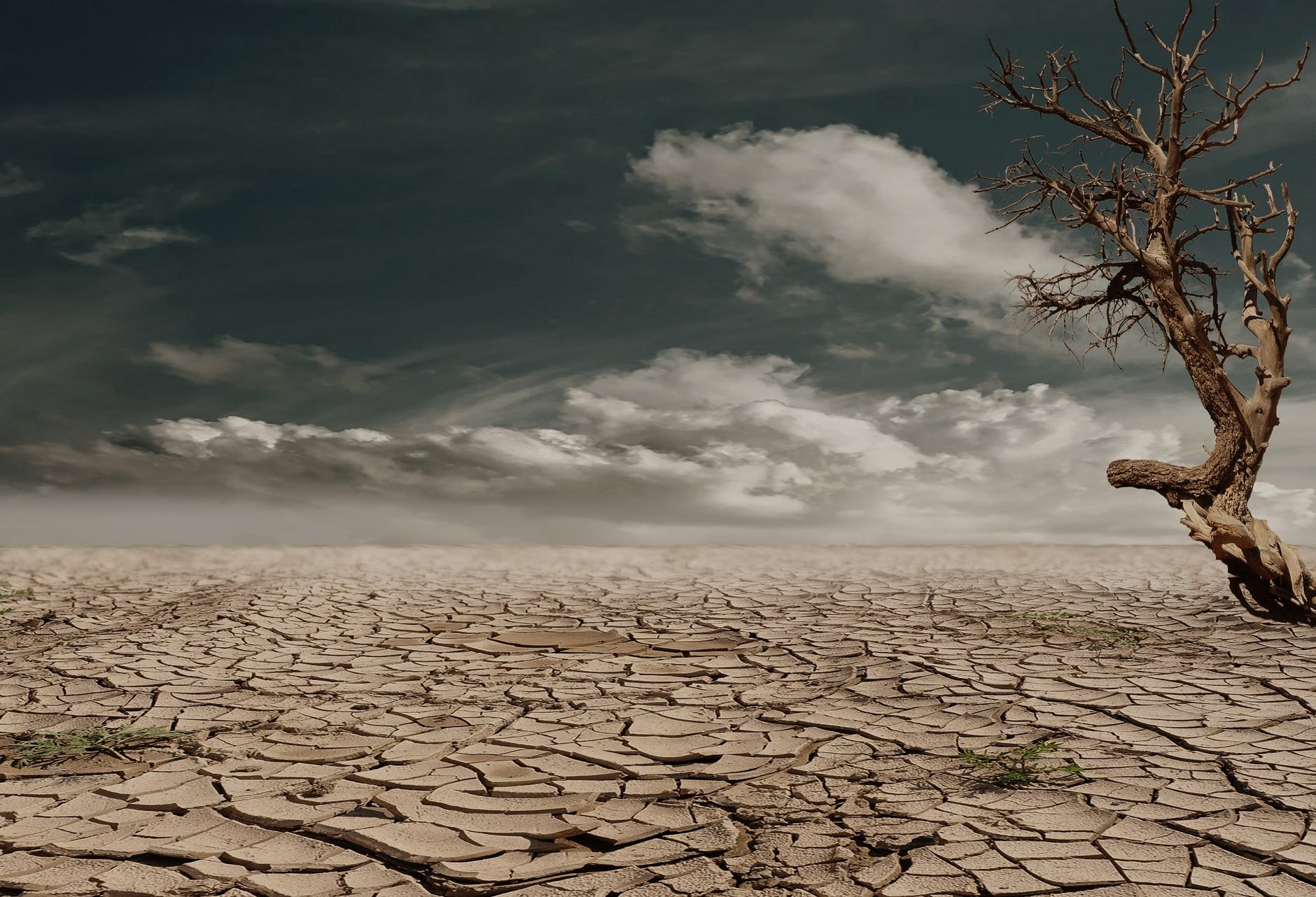Water, Water Everywhere, and Not a Drop for Food? Tips for Sustainable Eating.
One thing you may not have realized about food production is just how much water it can use. This is important to learn about if you’re concerned about your carbon footprint and how you or your business will ultimately affect the environment. At Organic Restaurants, we’re quite familiar with the excesses of the food industry. Here’s what you need to know about water use and how bad practices can cause droughts or water shortages all over the world.
We Help You Embrace Sustainability In Your Shopping, Eating, and More.
A Surprising Amount of Water is Needed to Create Food
You probably understand that some water is needed to create the food you enjoy. Fruits and vegetables need water to grow after all. Plus, the animals that we raise to eat obviously need to drink water too.
When you look at the numbers, however, the sheer amount of water used can be shocking. The production of a loaf of bread, for example, requires 240 gallons of water. Then there’s the production of other liquids. Producing a gallon of wine, coffee, or beer can actually require hundreds of gallons of water. The production of a gallon of wine requires 872 gallons of water, the production of a gallon of beet requires 296 gallons of water, and the production of a gallon of coffee requires an astounding 1,056 gallons of water!
The Meat Industry is One of the Biggest Water Users
Those numbers may have surprised you, but other types of food production can hardly match up to the meat industry. Water is required at every stage of the meat production process. You need to feed the animals, which means that you need water to grow crops. Obviously they drink water too, so that’s even more water that needs to be consumed just to get burgers and chicken wings on the table.
As a result, meat is, pound for pound, the worst offender when it comes to water use. Producing a pound of chicken can require 518 gallons of water. Producing a pound of pork requires 718 gallons of water. Consider how much meat is consumed each year, and it’s no surprise that the meat industry can easily cause water shortages.
What We Can Do to Make a Difference
So what can we do to reduce our own “water footprints” with our food choices? While most food requires water during the production process, the most obvious offender is the meat industry.
Opting for grass fed beef over conventionally raised cattle can help. Replacing some of the meat in your diet with meat-free alternatives can also make a difference. The production process for a veggie burger uses less water than the production process for a beef hamburger.
You can also reduce your food waste. Any time you throw away food, you’re not just wasting that food. You’re also wasting that water that was used to make it.
To learn more about food sourcing for restaurants and how you can make better decisions about food, visit our website. The Organic Restaurants blog can teach you more about how the food industry works and how opting for organic products or other healthier options can make a big difference.
